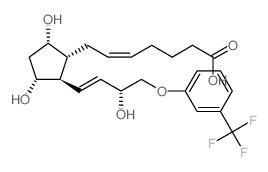| Structure | Name/CAS No. | Articles |
|---|---|---|
 |
fluprostenol
CAS:40666-16-8 |
|
 |
BW 245C
CAS:72814-32-5 |